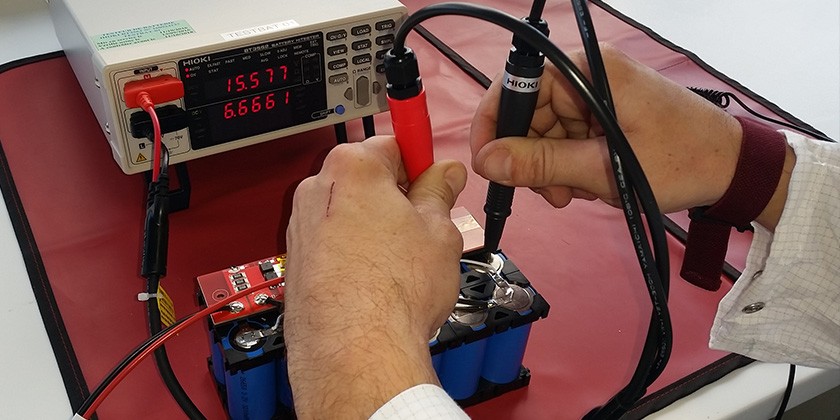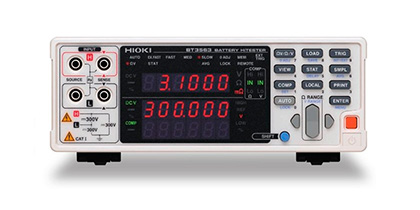
The importance of the impedance for the design of batteries
Too often overlooked the internal impedance of the battery remains a critical design parameter to the end of life... Promised, in this article, we will not go into the details of chemistry and modelling that allow to explain however the behavior of the accumulators.
Impedance, a key value
Technology of accumulators, associated security components (transistors, fuses, hot, polyswitchs, thermostats) and connectivity (son, connectors and lugs) will directly impact the value of the impedance of the battery. This quantity, expressed in mΩ, also varies according to the following parameters:
- Temperature: all technology confused, it remains higher than cold.
- State of charge: the impedance at 1000 Hz remains roughly stable between 35% and 65% for the NiMh. It increases outside this range. It operates differently from one technology to the other.
- The number of cycles: the internal impedance increases in cycling.
- The frequency of the signal (to link to your profile of discharge): based on the technologies, manufacturers, the impedance can strongly vary between measured in DC and measured at 1 kHz (AC).
To characterize products, both in qualification and production, phase VLAD chose the BT3562 (HIOKI):

Very discreet battery manufacturers
It is sometimes difficult to find this value of impedance in the technical data of the manufacturers. In the 1990s, it was imperative to define a common method of measurement of impedance at the international level. Always topical, it is to measure the time response in tension by applying a sinusoidal current at 1 kHz. It is only this frequency, the impedance is the weakest and the most stable.
Beware, this isn't necessarily the one that interests you based on the discharge of your application profile. For a landfill to current constant, prefer to measure impedance by impulse method (so-called continuous impedance) to the method of excitation by current alternative. It corresponds to the time response in tension to a minimum current of 2 c pulse for 3 seconds (apply a continuous current of 0.2 for 10 sec and then switch to 2 c for 3 sec). You can refer to the standard NF EN61951 for more details on the method.
In practice, what will be the effects of an impedance higher on the battery?
- A longer load time: there is this phenomenon for the CCCV type (Constant Current - Constant Voltage) load profiles because you reach faster the phase constant voltage.
- A cut of the premature application: a higher impedance will generate a stronger peak voltage resulting in termination of the application. The notion of potential well corresponds to the fall of voltage due to strong current and low temperature at startup. Simply warm the battery temporarily to be able to recover the stored energy (usually, a discharge with more low current is enough to cause a natural warm up enough to regain normal operation).
- A difference of impedance between the blocks of accumulators will create disturbances in balancing.
- Poor knowledge of the impedance of the battery could short-circuit surprises.
Do not hesitate to contactWe offer technical solutions adapted to your application!









































![[LES ECHOS] VLAD: greener and cheaper batteries by focusing on people and Industry 4.0](/modules//smartblog/images/59-home-small.jpg)
![[DEVICEMED Magazine] Battery Technologies: How to Select the Right Cell for You?](/modules//smartblog/images/56-home-small.jpg)

